Philippine snacks offer a delightful array of flavors and textures, showcasing the country's rich culinary heritage and diverse ingredients. Turon, a popular snack, features ripe plantains wrapped in spring roll wrappers and fried until crispy, with a caramelized sugar coating. Bibingka, a traditional rice cake, delights with its soft and fluffy texture, often topped with salted egg and grated coconut. Lumpia Shanghai, savory spring rolls filled with ground pork and vegetables, are a beloved party favorite. These snacks embody the Filipino love for sweet, savory, and crunchy delights, providing a taste of Philippines' culinary tradition and cultural diversity.
Balut
-1704967249.jpg)
Balut is a unique and popular Filipino snack food that has gained international recognition. It is a fertilized duck egg that is boiled and consumed while still in the embryonic stage. This delicacy is commonly sold by street vendors in the Philippines. The process of making balut involves incubating the duck eggs for around 14 to 21 days until the embryo inside develops. The eggs are then boiled, making the yolk and the partially formed duckling inside the shell a soft and flavorful treat. The shell is carefully cracked open, and the balut is typically enjoyed with a sprinkle of salt and vinegar. Balut offers a distinctive taste and texture. The yolk is rich and creamy, while the partially formed duckling provides a tender and slightly chewy element. It is often described as a combination of flavors, with hints of poultry and a unique earthiness.
Lumpia
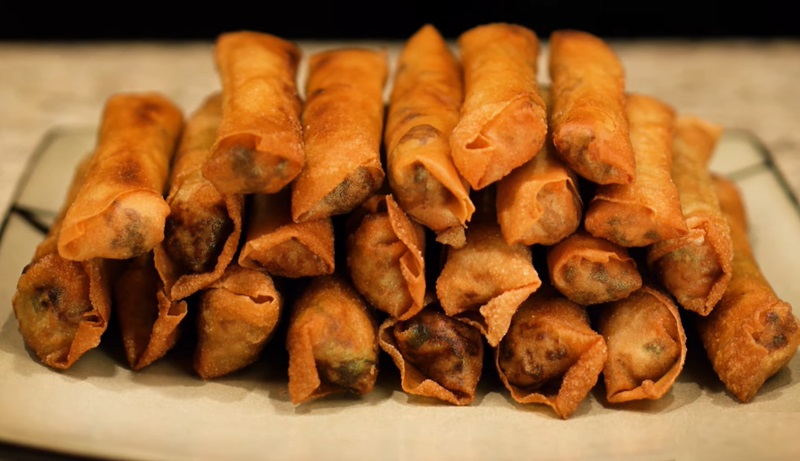
Lumpia is a popular and delicious snack food in the Philippines that is enjoyed by people of all ages. It is a dish that consists of thin wrappers filled with a variety of ingredients and then deep-fried to perfection. The filling can vary, but commonly includes a combination of minced pork, shrimp, vegetables such as carrots, cabbage, and bean sprouts, as well as spices and seasonings. What sets lumpia apart is its unique flavor and texture. The filling is savory and packed with umami, while the wrapper becomes crispy and golden brown during frying. It is often served with a sweet and tangy dipping sauce made from vinegar, soy sauce, and garlic.
Turon
-1704979920.jpg)
Turon is a popular Filipino snack food that is loved by locals and tourists alike. This delectable dish is made by wrapping slices of sweet plantains (saba bananas) in spring roll wrappers, which are then deep-fried until golden brown and crispy. The plantains are typically sprinkled with brown sugar and sometimes jackfruit strips before being wrapped, giving the turon a delightful sweet and savory flavor. Turon is often enjoyed as a midday snack or dessert. Its crispy outer layer provides a satisfying crunch, while the soft and caramelized plantains inside offer a burst of natural sweetness. The combination of textures and flavors is what makes turon truly special.
Fish Ball
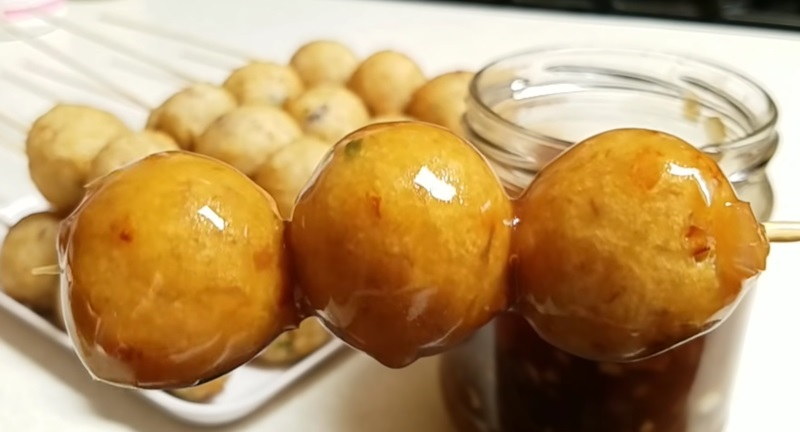
Fish ball is a popular Filipino snack food that is loved by people of all ages. It is made by blending fish meat with various spices and seasonings, then rolling them into small balls. These balls are then deep-fried until they turn golden brown and crispy on the outside, while remaining soft and tender on the inside. Fish balls are typically served on bamboo skewers and are accompanied by a flavorful dipping sauce. The dipping sauce can vary from vendor to vendor, but it is usually a combination of vinegar, soy sauce, garlic, and chili. This sauce adds a tangy and slightly spicy kick to the fish balls, enhancing their taste. The texture of fish balls is unique – they have a bouncy and chewy consistency that is satisfying to bite into.
Taho
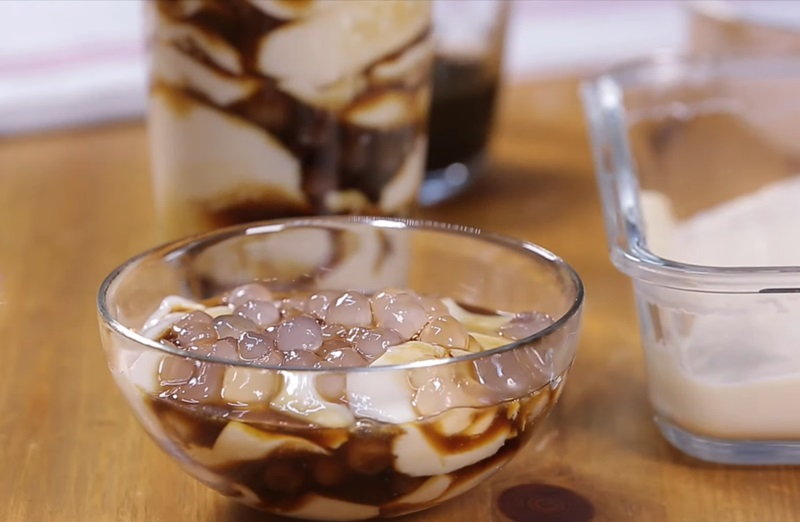
Taho is a popular snack food in the Philippines that is often enjoyed as a quick and satisfying breakfast option. It is a delicious and nutritious dish made of soft tofu, sweet syrup, and tapioca pearls. The dish is typically served hot in small plastic cups by street vendors known as "magtataho." The main ingredient of taho is the soft tofu, which is made from soybeans. The tofu is carefully prepared and mixed with a sweet syrup made from caramelized brown sugar, giving it a delightful taste. To add texture, small tapioca pearls, known locally as "sago," are added to the taho. The combination of the soft and silky tofu, the sweetness of the syrup, and the chewiness of the tapioca pearls creates a delightful harmony of flavors and textures.
Maruya
-1704979798.jpg)
Maruya is a popular snack food in the Philippines. This delectable dish is made by dipping sliced bananas in a batter made of flour, sugar, milk, and eggs, and then deep-frying them until they turn golden brown. The result is a crispy and sweet treat that is perfect for satisfying those afternoon cravings. Maruya is often served as a snack or dessert and is commonly enjoyed with a cup of hot coffee or tea. It has a soft and melt-in-your-mouth texture, with the banana slices becoming tender and slightly caramelized during the frying process. The batter gives the dish a light and airy coating that adds a delightful crunch. What makes Maruya special is its versatility. While the classic version uses bananas, some variations include adding jackfruit or even yam slices to the batter.
Tokneneng
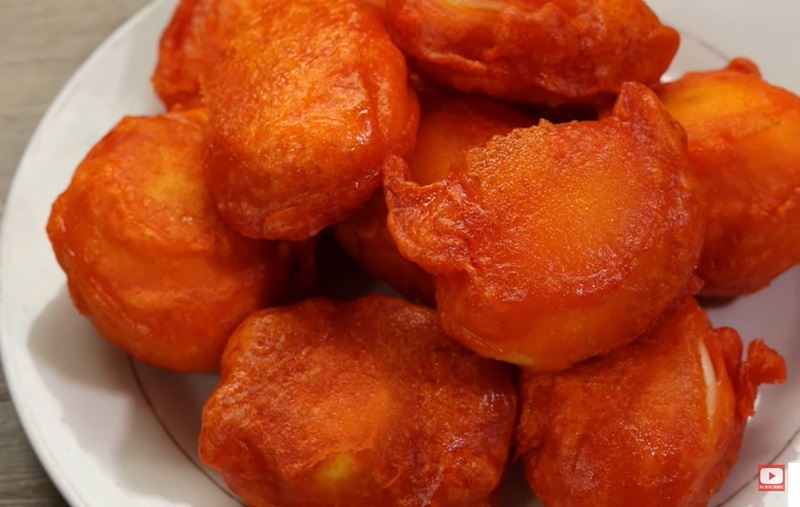
Tokneneng is a delightful and flavorful dish made with hard-boiled quail eggs that are coated in a vibrant orange batter and deep-fried until crispy. The batter is typically made from a mixture of flour, cornstarch, and various spices, giving it a slightly tangy and savory taste. Tokneneng is usually served on bamboo skewers, making it easy to eat on the go. It is commonly enjoyed with a side of spicy vinegar or sweet and sour sauce for dipping. The combination of the crunchy exterior and the soft and creamy center of the quail eggs creates a delightful contrast in texture.
Banana Cue
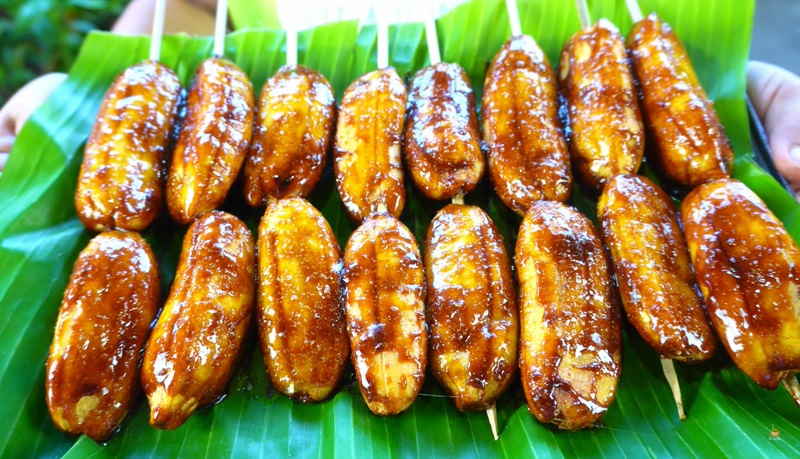
Banana cue is a popular Filipino snack food made from saba bananas, a variety of banana that is firmer and sweeter than regular bananas. The name "banana cue" comes from the Filipino word "kue" meaning "to skewer." To make this delicious treat, saba bananas are skewered on bamboo sticks, coated in brown sugar, and then fried until caramelized. The result is a mouthwatering snack with a delightful combination of crispy and sweet flavors. The caramelized sugar creates a sticky and slightly crunchy coating, while the banana itself remains soft and tender. The aroma of the caramelized sugar is irresistible, making banana cue a favorite street food in the Philippines.
Ampaw
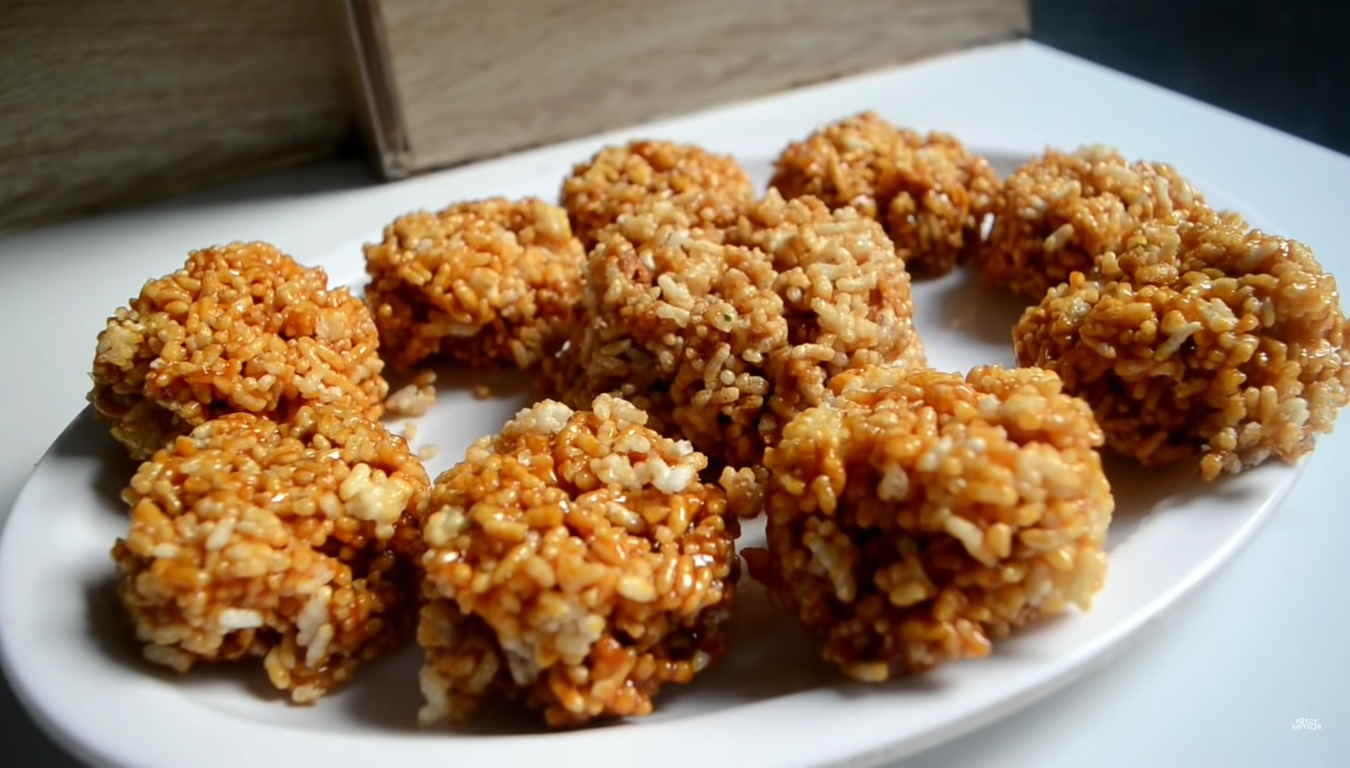
Ampaw is a delightful Filipino snack food that is enjoyed by people of all ages. Made from glutinous rice, this crispy and crunchy treat is a popular choice for snacking. To make Ampaw, glutinous rice is first soaked in water and then drained before being cooked. Once cooked, the rice is spread out and dried under the sun until it becomes completely dry. The dried rice is then pounded or milled to produce fine grains. These grains are then cooked again until they become crispy and golden brown. Ampaw is often enjoyed on its own as a snack, but it can also be used as a topping for various Filipino desserts. It adds a delightful crunch and texture to dishes like halo-halo and biko. Some people even enjoy dipping Ampaw in chocolate or syrup for an extra burst of flavor.
Isaw
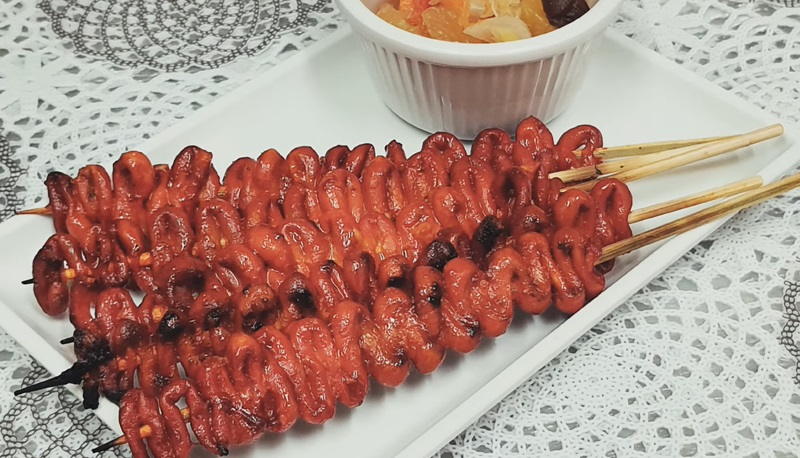
Isaw is a mouthwatering snack is made from chicken or pork intestines, which are cleaned thoroughly, marinated in a flavorful mixture, then skewered and grilled to perfection. The process of preparing Isaw starts with the careful cleaning of the intestines to remove any impurities. Once cleaned, they are marinated in a mixture of soy sauce, vinegar, garlic, and various spices, which infuses them with a delicious and tangy flavor. After marinating, the intestines are threaded onto skewers and placed on a hot charcoal grill. The heat of the grill gives the Isaw a smoky and slightly charred taste, adding to its unique flavor profile. Isaw is typically served with a side of spicy vinegar or a thick, savory sauce for dipping.
Okoy
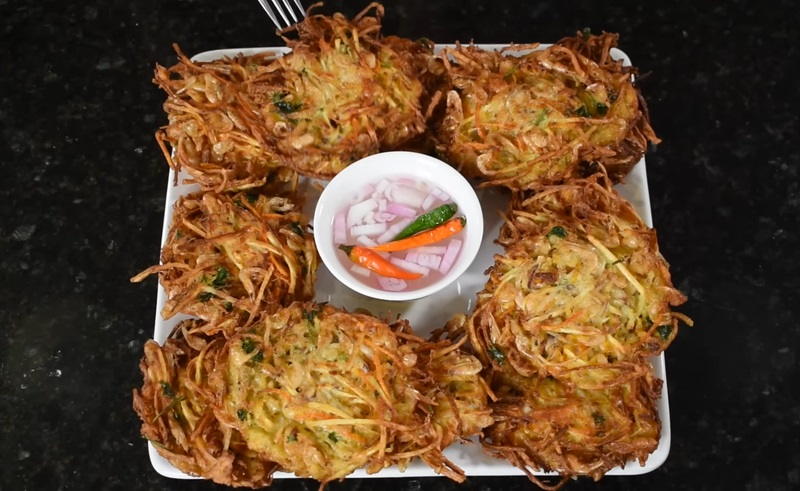
Okoy is a delicious and crispy dish that is made primarily from shredded vegetables and small shrimp. The main ingredients of Okoy include grated green papaya, grated carrots, bean sprouts, and small fresh shrimp. These ingredients are mixed together in a batter made from flour, water, and egg. To prepare Okoy, a small amount of the batter is poured into a hot frying pan, and then the vegetable and shrimp mixture is added on top. The mixture is spread evenly across the pan to create a thin and crispy pancake-like dish. The Okoy is then cooked until it becomes golden brown and crispy on both sides. Once cooked, Okoy is usually served with a dipping sauce made from vinegar, soy sauce, and chili peppers.
Cornick
-1704979421.jpg)
Cornick is a popular and delicious snack made from deep-fried kernels of corn, giving it a crunchy and addictive texture. The process of making cornick involves removing the husks from the corn kernels and then deep-frying them until they become golden brown and crispy. Cornick is usually seasoned with a variety of flavors to enhance its taste. Some common seasonings include garlic, barbecue, cheese, and spicy chili. Cornick is often enjoyed on its own as a quick and satisfying snack, perfect for munching on while watching movies or socializing with friends. It is also a popular accompaniment to beer and other alcoholic beverages, as its crunchy texture and flavorful taste complement the drinks well.
Crispy Kangkóng
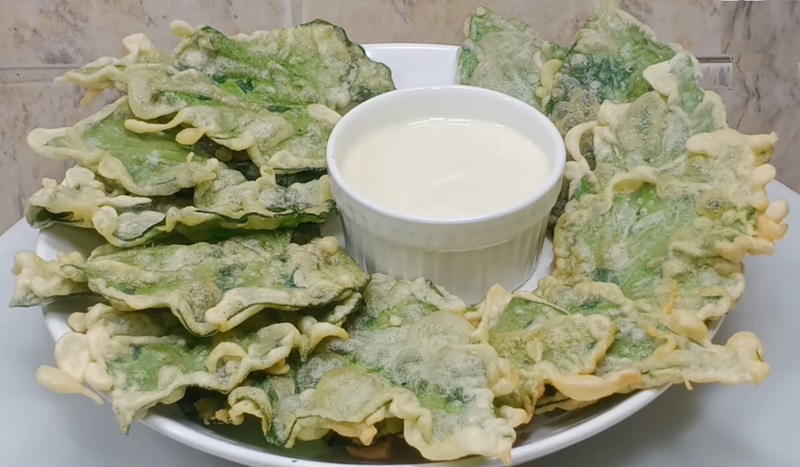
Crispy kangkóng is a delectable Filipino snack food that features a unique ingredient - kangkóng, also known as water spinach or kangkong. This dish showcases the versatility of this leafy vegetable by transforming it into a crispy and savory treat. To prepare crispy kangkóng, the kangkóng leaves are first washed and dried thoroughly. Then, they are coated in a light batter made from flour, cornstarch, and various spices. The coated leaves are deep-fried until they turn golden brown and become delightfully crispy. The result is a crunchy snack that offers a blend of flavors and textures. The outer layer is crisp and slightly salty, while the kangkóng leaves inside maintain their fresh and mild taste. This combination makes crispy kangkóng a popular choice for snacking or as a side dish to complement a main meal.
Binaki
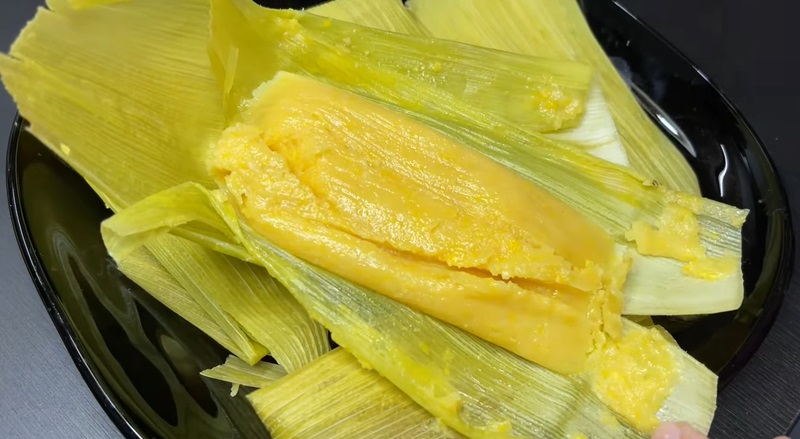
Binaki is a sweet tamale crafted from grated young corn mixed with coconut milk, margarine, baking powder, and sugar. This Filipino delicacy, often steamed in corn husks or banana leaves, highlights the rich flavors of nixtamalized corn. Some variations include using condensed milk and incorporating cheese for added richness.
Shing-a-ling (food)
-1704898252.jpg)
Shing-a-ling, a Filipino snack, features deep-fried, dried pancit miki (thick egg noodles). After frying, it is seasoned with garlic, chili, and beef powder. Enjoyed either on its own or with a vinegar-based dip, it can also be coated in sugar for a sweet variant of this savory treat.
Dinamita
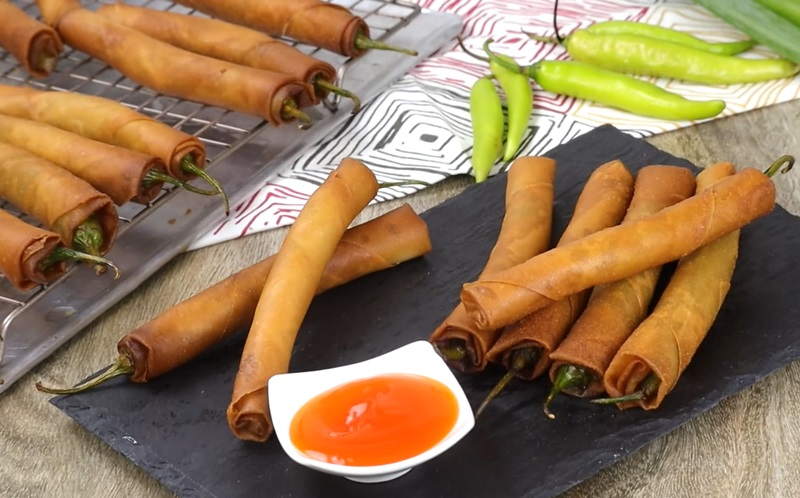
Dinamita translates to dynamite in English, and it perfectly describes the explosive and fiery taste of this snack. The main ingredient of Dinamita Dish is long green chili peppers, which are stuffed with a mixture of ground meat, cheese, and spices. These stuffed chilies are then coated in a light batter and deep-fried to perfection. The result is a crispy and spicy snack that packs a punch in every bite. One of the distinctive features of Dinamita Dish is the balance between the heat of the chili peppers and the richness of the meat and cheese filling. The combination of flavors creates a mouthwatering experience that is both savory and spicy.
Camote Cue
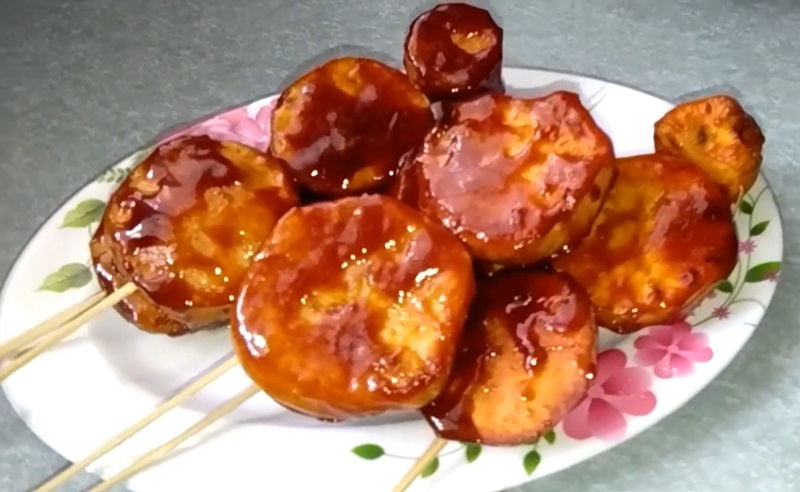
Camote Cue is a popular and delicious Filipino snack food made from sweet potatoes, locally known as 'camote'. To prepare camote cue, sweet potatoes are sliced into thick rounds and then deep-fried until they become golden brown and crispy on the outside. Once the sweet potatoes are fried, they are coated in caramelized brown sugar, giving them a sweet and sticky glaze. The caramelized sugar adds a delightful crunch and a rich, sweet taste to the dish. Camote cue is typically served on bamboo skewers, making it convenient to eat on the go.
Pilipit
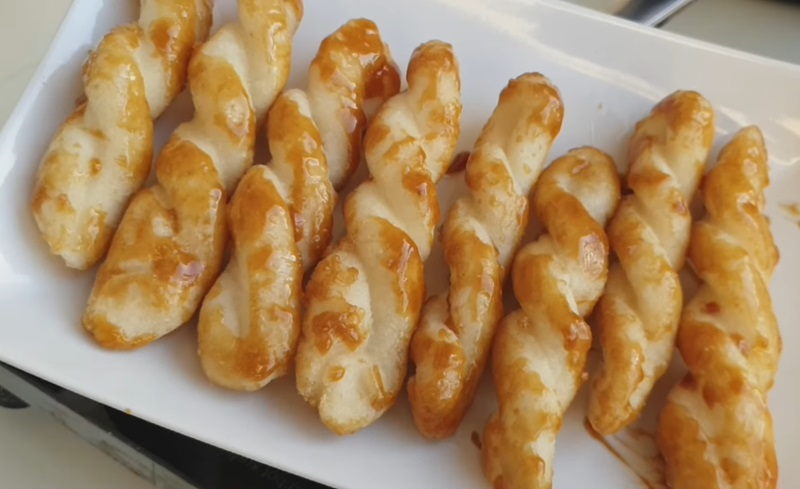
Pilipit is a delicious Filipino snack made from a dough that is twisted into a rope-like shape and then deep-fried to perfection. The dough is usually made from a mixture of flour, sugar, eggs, and baking powder, resulting in a slightly sweet and chewy texture. Pilipit is often enjoyed as a midday snack or as a dessert. It is commonly found in local bakeries and street food stalls across the Philippines. The snack is versatile and can be enjoyed on its own or paired with a cup of hot coffee or tea. One of the unique characteristics of Pilipit is its twisted shape. The dough is carefully twisted to create a visually appealing and interesting texture. This also allows for a crispy exterior and a soft interior. Pilipit is often sprinkled with sugar or dipped in a sweet syrup for added flavor. Some variations even include coconut flakes or sesame seeds for added texture and taste.
Shakoy
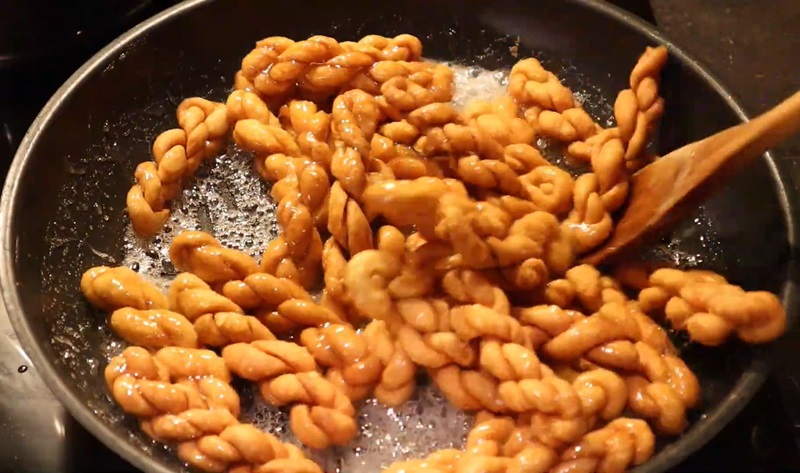
Shakoy, also known as "Siopao Bola-bola" or "Twisted Donut," is a popular snack food in the Philippines. This delectable dish is made from a simple dough mixture of flour, yeast, sugar, and water. The dough is then twisted into rope-like shapes and deep-fried until golden brown. What sets Shakoy apart from regular donuts is its unique texture and flavor. It has a crispy and slightly chewy exterior, while the inside remains soft and fluffy. The dough is often coated with a thin layer of sugar syrup, giving it a delightful sweetness. Shakoy is commonly enjoyed as a quick snack or merienda, paired with a hot cup of coffee or tea.
Kumukunsi
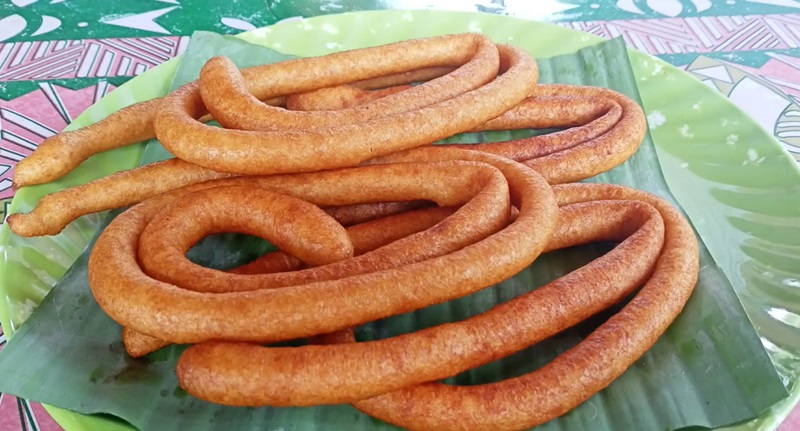
Kumukunsi, a cherished delicacy among the Maguindanaon community, is served during special occasions. Crafted from a blend of rice flour, preferably duck eggs, and sugar, this treat is deep-fried to a delightful light brown hue, creating a delectable dish that holds cultural significance during festive gatherings.
Chicharon
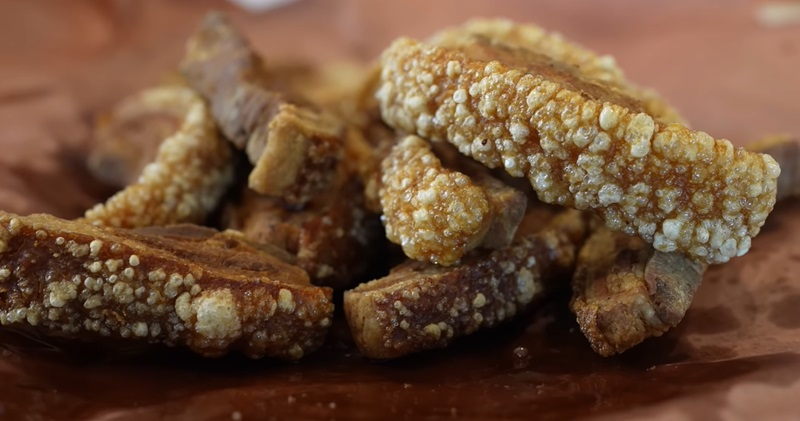
Chicharon is a popular and delicious snack food in the Philippines. It is made from pork rinds that have been deep-fried until they become crispy and golden brown. The process of making chicharon involves removing the fatty layer from the pork skin, boiling it until tender, and then frying it in hot oil until it puffs up and becomes crispy. Chicharon is known for its distinctive crunch and rich flavor. It is often seasoned with salt, garlic powder, and other spices to enhance its taste. It can be enjoyed on its own as a snack or used as a topping for various dishes, such as salads or noodles.





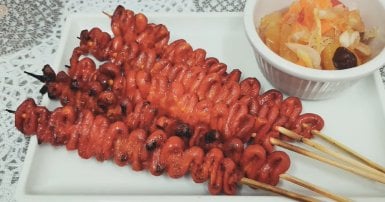
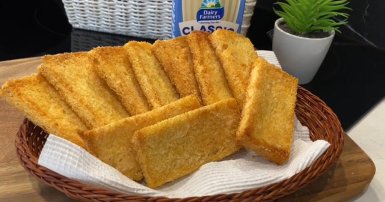
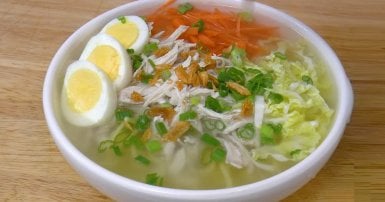

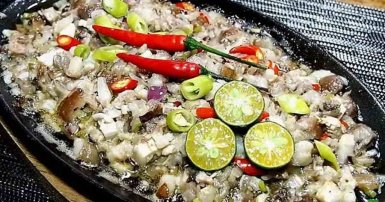

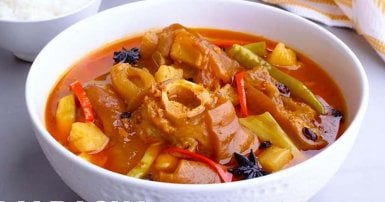

-1709813013.jpg)


